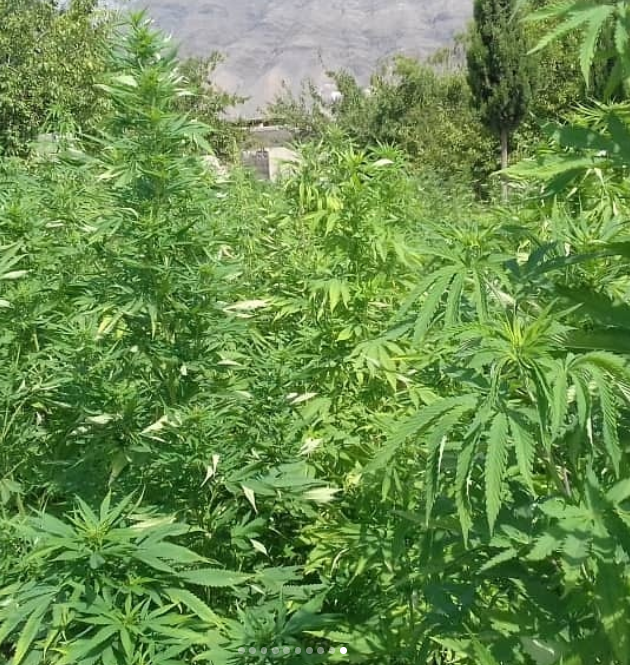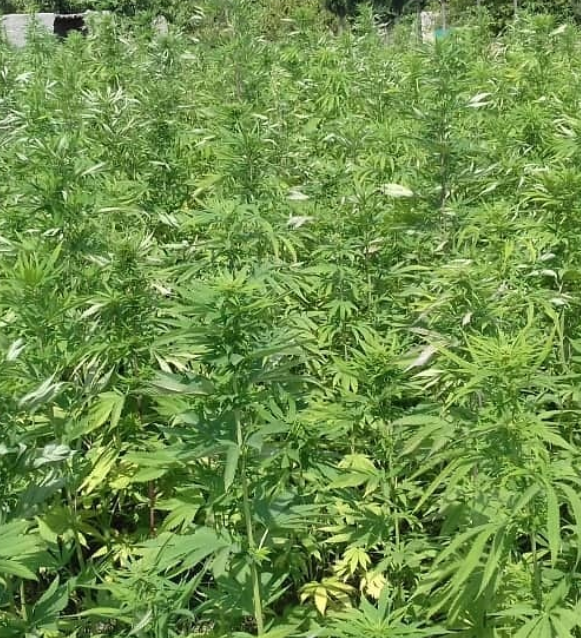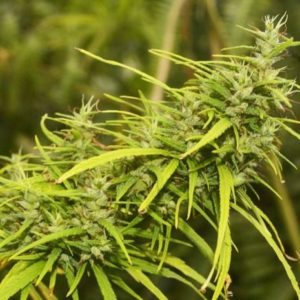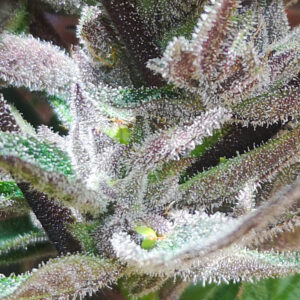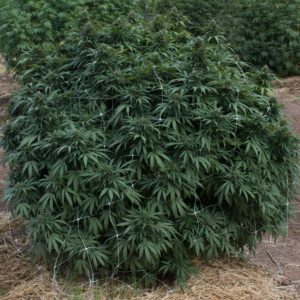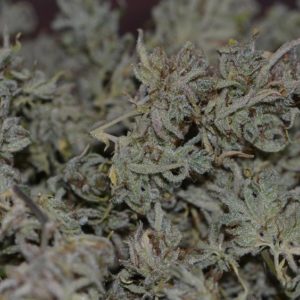£22.49 – £44.99
Description
Genetics: Traditional Afghan Hindu Kush Domesticate (“Landrace”)
Sourcing: Landrace Genetics, Ghazni Province, Afghanistan, 2020 Harvest
Purpose: Charas (sieved resin)
Latitude: 34° N
Harvest: October
Height: Up to 2 meters
Characteristics: Broad- to medium-width leaflets, intense resin
Grow Type: Outdoor, greenhouse, or indoor
A traditional domesticate from Ghazni, an ancient centre of cannabis culture in the southeastern Hindu Kush of Afghanistan.
From at least the colonial era, charas production in Ghazni has been both for local consumption by Afghans and for export to the markets of what are now Pakistan and India. Since as early as the Medieval Muslim era, the region of Ghazni Province also appears to have been a major centre of radical cannabis countercultures.
Qalandars, who were pivotal to the global diffusion of chronic cannabis use out of Central Asia, are recorded in the Ghaznavid Empire from the 12th century. The emperor Khusraw Shah (1152-60 CE) is documunted receiving blessings from a barefoot qalandar who “dressed in a black goat’s skin. On his head he wore a cap of the same material, ornamented with horns. In his hand he carried a club adorned with rings, pierced ankle-bones, and small round bells.” By the 13th century, qalandars had risen to prominence across India, the Middle East, and North Africa, wandering as far as Andalucia and bringing with them a plant and products that Arabs knew by the name “hashish”.
Phenotypic plasticity is a necessary consideration when appraising plants from photographs such as these. Sowing dense rows is usual in production of charas (hashish). Plants grow to a columnar single-stem architecture that can provide a significantly higher total yield from a field than the wide spacing and heavy branching favoured by underground growers in the West. But, given room, this domesticate will exhibit a larger, rounder, more heavily branched architecture.
Traditional Hindu Kush Cannabis domesticates are already critically endangered and a crucial part of any serious collection.
Additional information
| Pack size | 12 seeds, 5 seeds |
|---|

